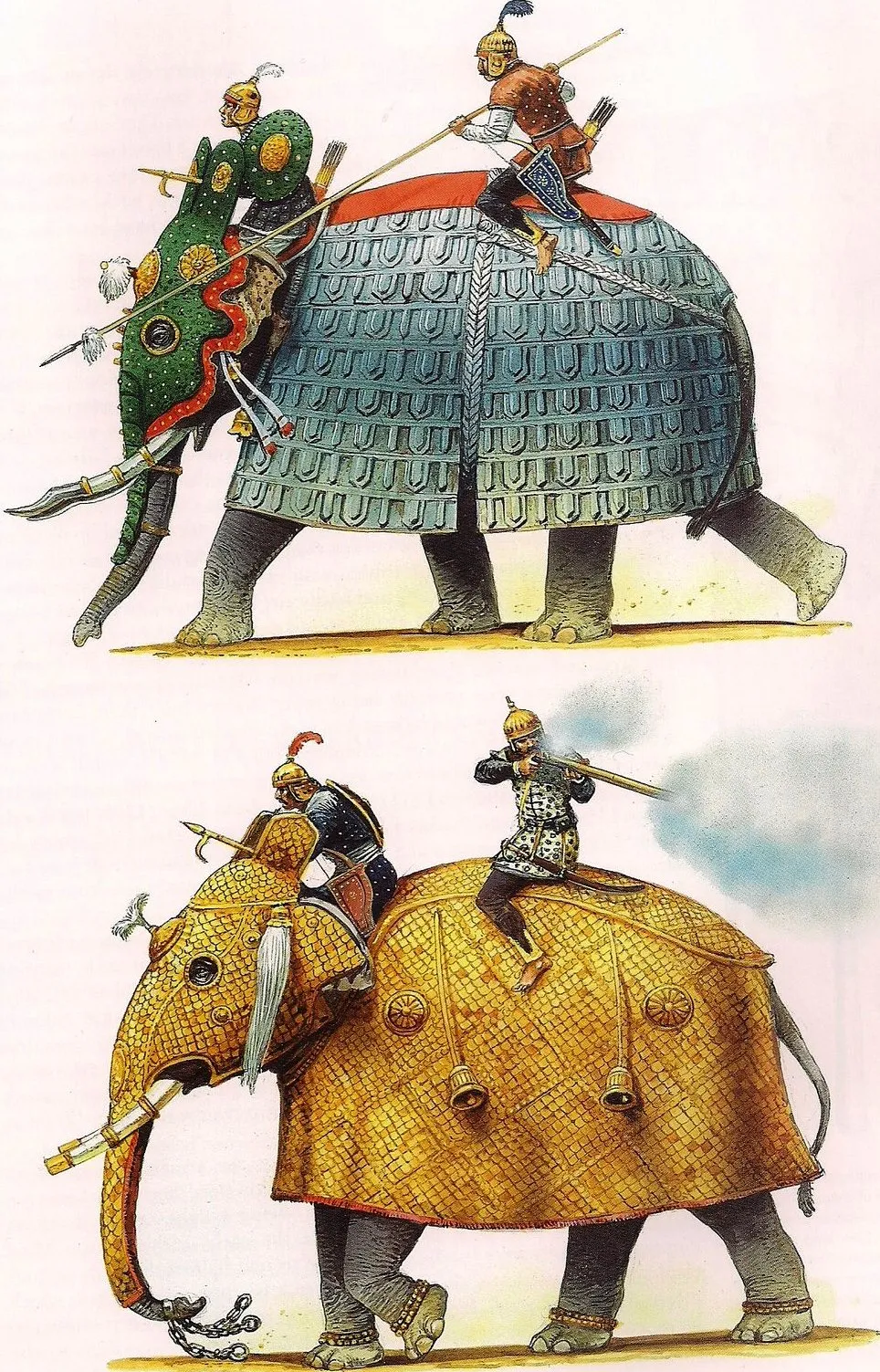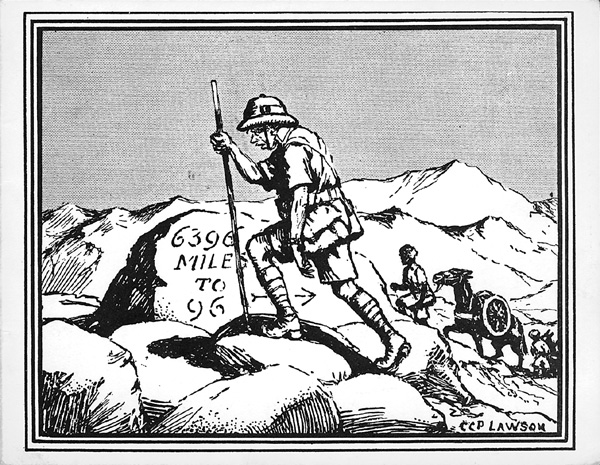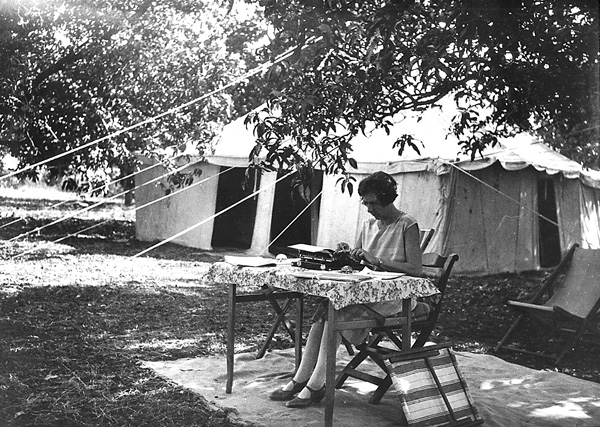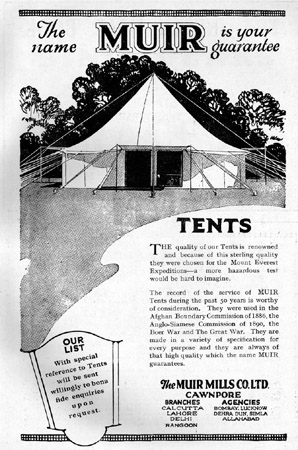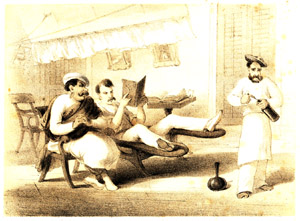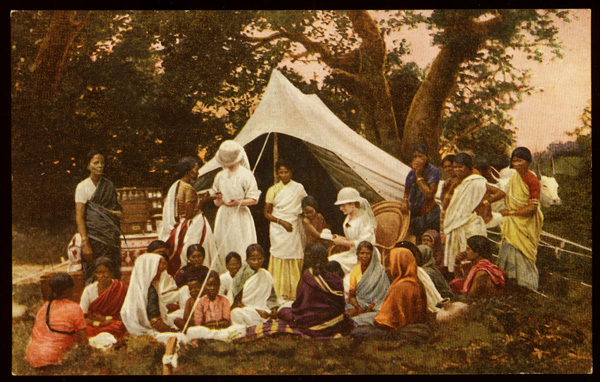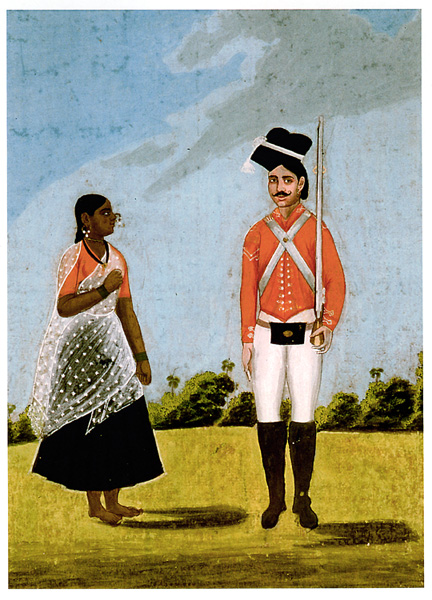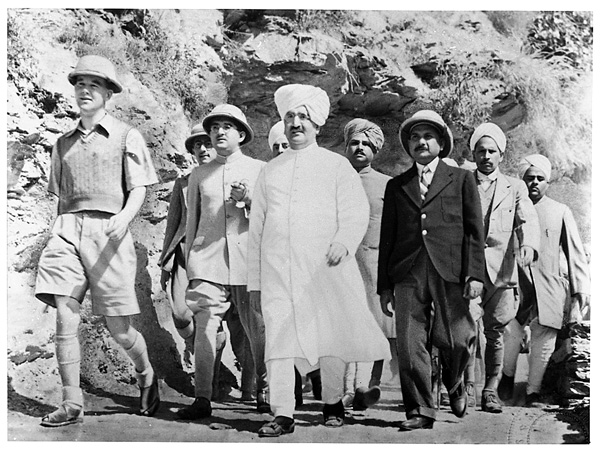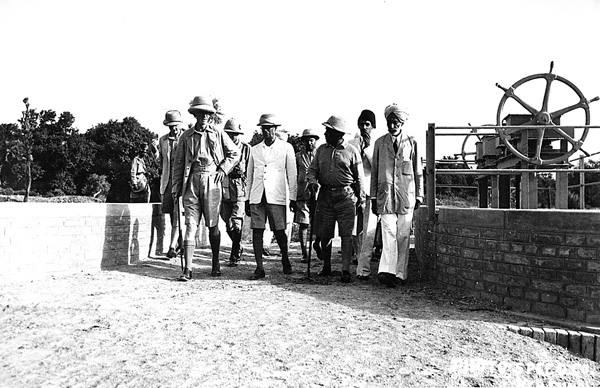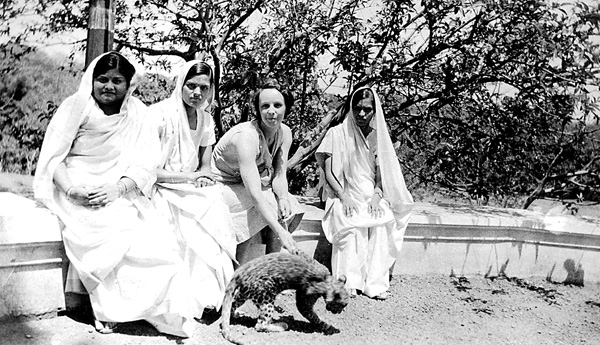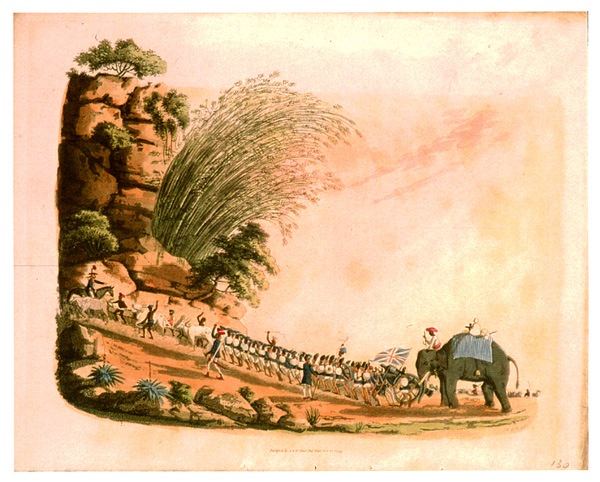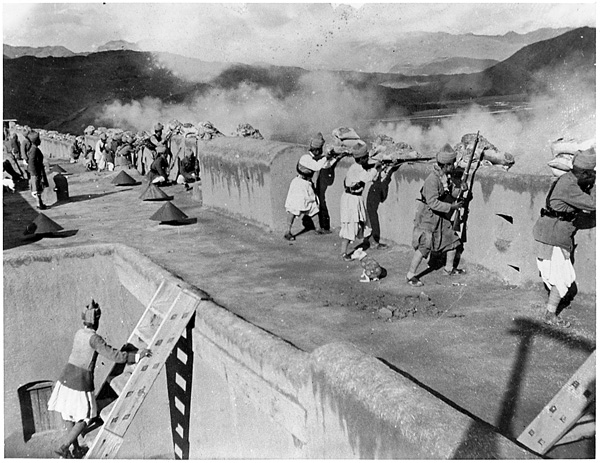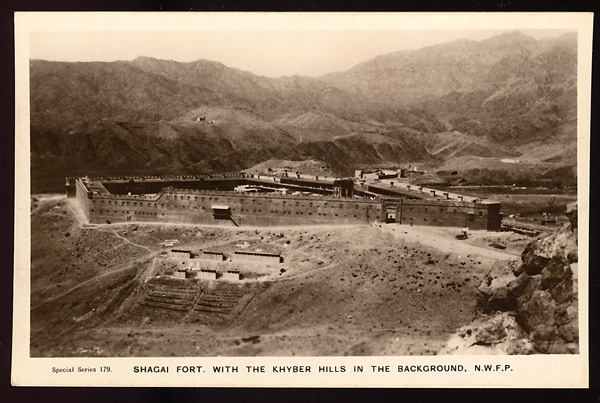DELHI DURBAR 1903-The durbar was held to celebrate the coronation of King Edward VII and Queen Alexandra as Emperor and Empress of India.














The two full weeks of festivities were devised in meticulous detail by Lord Curzon. It was a dazzling display of pomp, power and split second timing. Neither the earlier Delhi Durbar of 1877, nor the later Durbar held there in 1911, could match the pagentry of Lord Curzon’s 1903 festivities. In a few short months at the end of 1902, a deserted plain was transformed into an elaborate tented city, complete with temporary light railway to bring crowds of spectators out from Delhi, a post office with its own stamp, telephone and telegraphic facilities, a variety of stores, a Police force with specially designed uniform, hospital, magistrate’s court and complex sanitation, drainage and electric light installations. Souvenir guide books were sold and maps of the camping ground distributed. Marketing opportunities were craftily exploited. Special medals were struck, firework displays, exhibitions and glamorous dances held.
Elephant Carriage of the Maharaja of Rewa, Delhi Durbar of 1903.
Edward VII, to Curzon’s disappointment, did not attend but sent his brother, the Duke of Connaught who arrived with a mass of dignitaries by train from Bombay just as Curzon and his government came in the other direction from Calcutta. The assembly awaiting them displayed possibly the greatest collection of jewels to be seen in one place. Each of the Indian princes was adorned with the most spectacular of his gems from the collections of centuries. Maharajahs came with great retinues from all over India, many of them meeting for the first time while the massed ranks of the Indian armies, under their Commander-in-Chief Lord Kitchener, paraded, played their bands and restrained the crowds of common people.
On the first day, the Curzons entered the area of festivities, together with the maharajahs, riding on elephants, some with huge gold candelabras stuck on their tusks. The durbar ceremony itself fell on New Year's Day and was followed by days of polo and other sports, dinners, balls, military reviews, bands, and exhibitions. The world’s press despatched their best journalists, artists and photographers to cover proceedings. The popularity of movie footage of the event, shown in makeshift cinemas throughout India, is often credited with having launched the country’s early film industry.
The Aga Khan III used this occasion to speak out for the expansion of all types of educational facilities in India.
The event culminated in a grand coronation ball attended only by the highest ranking guests, all reigned over by Lord Curzon and more so by the stunning Lady Curzon in her glittering jewels and regal peacock gown

















